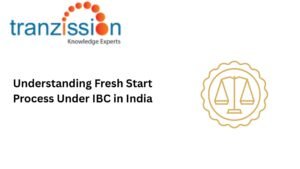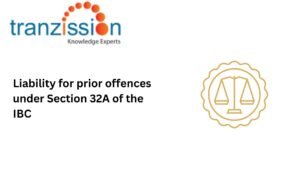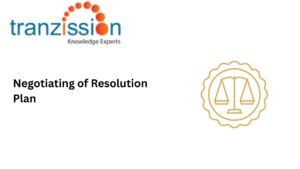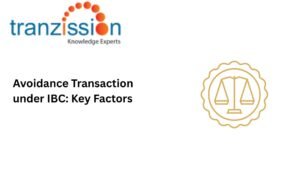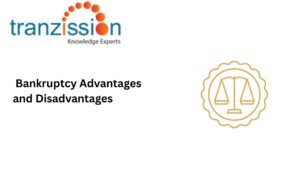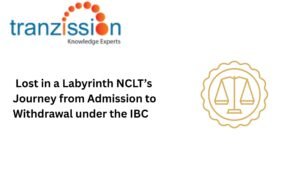
Bankruptcy Advantages and Disadvantages
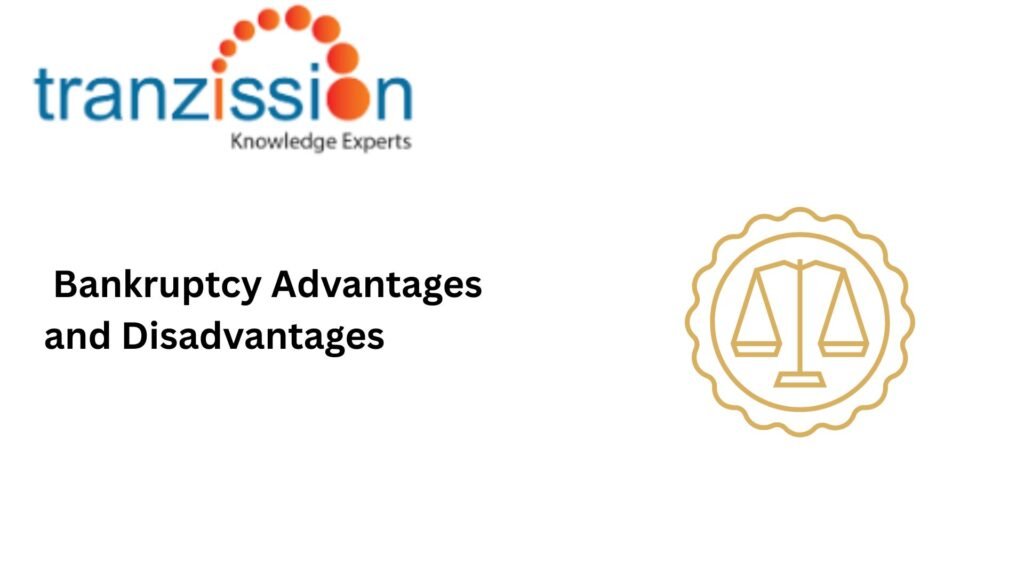
Table of Contents
Bankruptcy is a legal process where individuals or businesses facing unmanageable debt can seek relief by either liquidating assets or reorganizing their debt. Chapter 7, 11, and 13 of the United States (US) Bankruptcy Code are different types of bankruptcy, each with its own implications for debtors and creditors. Weighing the Bankruptcy Advantages and Disadvantages of each option is crucial because this process has significant long-term consequences, including credit-score damage and potential asset loss.
Advantages of Bankruptcy
The advantages of bankruptcy are:
- Debt Discharge & Fresh Start: This is a process where a debtor is legally released from their obligation to repay certain debts. The concept of a “fresh start” is central to bankruptcy laws and allows individuals to overcome financial difficulties and re-enter the economy without the burden of overwhelming debt. Once a debt is discharged, creditors are prohibited from taking any further collective actions, including legal actions or communication with the debtor.
- Automatic Stay Provides Immediate Relief: Filing for bankruptcy triggers an automatic stay, immediately halting most creditor actions like wage garnishments, foreclosures, and lawsuits. This pause provides debtors with crucial breathing room to reorganize or eliminate debts under the protection of federal law.
- Exemptions Protect Essential Assets: Legal exemptions allow businesses to retain critical assets such as primary residence, vehicles, tools of trade, pensions during bankruptcy.
- Streamlined Repayment Plans: These plans, such as those available under Chapter 13 bankruptcy or through business restructuring, allow individuals and businesses to manage and repay debts through structured, often court-approved, payment schedules. These options provide a structured approach to debt management, offering a way to potentially reduce debt burden and avoid more drastic measures like completion liquidation.
- Emotional & Professional Buffer: This buffer helps businesses navigate financial distress and maintain a degree of normalcy during a challenging period. It allows business to restructure their debts while remaining operational, thereby reducing stress and mitigating creditor pressure.
Read more :Insolvency Petition Procedure in India
Disadvantages of Bankruptcy
The disadvantages of bankruptcy are:
- Long-Term Credit Impact: The record of a bankruptcy can remain on credit file for 7 to 10 years, depending on the type of bankruptcy filed. This extended presence can greatly hinder one’s ability to secure new credit, thereby affecting financial opportunities long after the bankruptcy has been discharged.
- Potential Asset Loss: In a bankruptcy case, non-exempt assets, such as a second home or luxury items, may be liquidated to help pay off creditors. This means the bankruptcy trustee can take these assets and sell them to generate funds to distribute among those to whom the debtor owes money.
- Cannot Discharge Certain Debts: Certain obligations cannot be discharged, such as child support, alimony, student loans, and recent taxes. Further, it is important to note that these obligations remain fully enforceable
- Public Record & Social Stigma: Bankruptcy is a matter of public record and can affect employment prospects, particularly in certain professions. While modern bankruptcy laws aim to offer a fresh start, the public nature of filings can lead to social stigma and employment restrictions in some fields.
- Obligations Remain in Structured Plans: In Chapter 13 debtors must make payments for 3–5 years. While this Chapter allows for debt restructuring, debtors are still obligated to pay off secured debts, like mortgages and car loans in full. Additionally, certain priority debts, such as taxes, alimony, and child support, must be addressed.
- Costs & Complexity: Filing for Chapter 11 bankruptcy is a costly and time-consuming process. The significant expenses associated with court costs, trustee fees, and legal fees can make it a burden, especially for smaller businesses. While Chapter 11 allows for business reorganization and a potential return to profitability, the high costs are a major drawback.
Pros & Cons: Individual vs Corporate Perspective
Personal Bankruptcy: This is given under Chapter 7 and 13, but offer different approaches to debt relief, each with unique implications. Debtors can keep certain exempt assets under Chapter 7, and state and federal exemptions vary, so it’s crucial to understand what is protected in the company’s location. Under Chapter 13, debtors can keep all assets, even non-exempt ones, as long as they adhere to a court-approved repayment plan. Automatic stay is provided under both chapters as well, however under Chapter 7 it lasts until the case is closed, discharged, or dismissed, and under chapter 13, the repayment plan itself extends the stay, and the debtor must adhere to the plan to maintain it. Further, there is no repayment plan in Chapter 7, and debtors create a repayment plan in Chapter 13 to play back all or a portion of their debts. The specific plan is based on factors like income, debt, and the debtor’s ability to pay.
Corporate Bankruptcy: Chapter 11, also known as “reorganization bankruptcy”, allows business to restructure its debts while continuing to operate, potentially avoiding liquidation. It provides a framework for renegotiating contracts and potentially securing new financing, but it also involves significant oversight from the court and can be costly due to legal and administrative fees.
Making the Right Choice
Choosing between the type of bankruptcy depends on individual financial circumstances:
- Pre-Bankruptcy Considerations: Before filing for bankruptcy, individuals are encouraged to explore alternatives like credit counseling, negotiation, and debt management plans. These options can provide pathways to manage or resolve debt without the long-term consequences of bankruptcy.
- Filing Strategy: For individuals, the choice between Chapter 7 and Chapter 13 bankruptcy hinges on their assets, income, and debt repayment goals. Chapter 7 involves liquidating non-exempt assets to pay off debt, while Chapter 13 allows for a repayment plan over 3-5 years. For businesses, Chapter 11 focuses on reorganization while Chapter 7 involves liquidation. The best strategy depends on the specific financial situation and desired outcome.
- Rebuilding After Bankruptcy: Rebuilding credit after bankruptcy is possible. Secured credit cards, consistent on-time payments, and responsible credit management can help improve individuals or companies credit score, and potentially lead to mortgage eligibility within 2-3 years.
Conclusion
Bankruptcy provides a structured legal process for debt relief, but it is not a simple solution and can have lasting consequences. Careful planning and professional advice are essential to navigate the process effectively and minimize potential negative impacts. Understanding the different types of bankruptcy ibc and their implications is crucial for making informed decisions.

